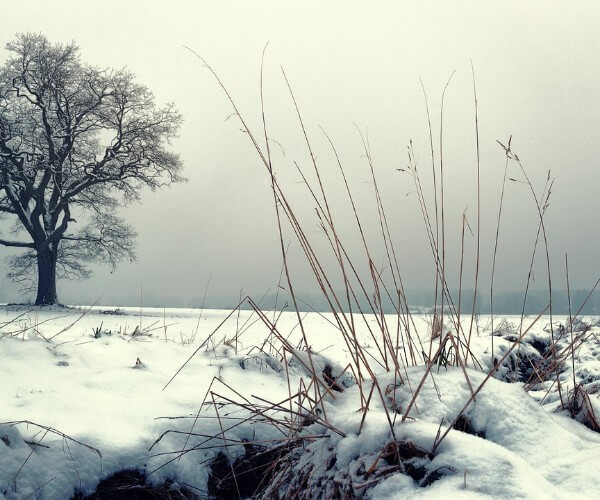- Turf
- Artificial
- Soil
- Timber
- Composite Decking
- Paving & Stone
Get In Touch With Our Experts Today!
Give us a Call! - Seed & Fertiliser
- Dressing
- Bark

January 12, 2024 Turf Tips
January often brings the coldest weather, so it may feel like your lawn has just started hibernating, and there’s nothing for you to do. While it lays dormant during the winter season, January is actually a crucial time to lay the groundwork for a lush and healthy turf ready for spring.
Whether you’re a homeowner reviving your lawn or a landscaper renovating outdoor spaces, these top turf tips will help you stay ahead of the game and deliver a flawless lawn for spring. In this article, we will run through our best turf tricks for January, including:
The New Year is the perfect time to get outside and evaluate your outdoor space, including the condition of your grass. You can spot warning signs and make a plan to revive your lawn before spring. Things to look out for include:
This task is often skipped because it’s too cold to get outside! But even 5 minutes every day can make a difference. Removing fallen leaves and garden debris will allow essential sunlight to reach your lawn. It also removes thatch build-up and the chance for pests and diseases to thrive.
In commercial gardens, a quick clear-up also makes your outdoor space appear neat and tidy. It creates a great first impression and shows you’re taking care of your natural space to benefit others.
Aeration will always be crucial to creating a healthy lawn. As we touched on in our December turf tips, you can quickly relieve compaction for small or large areas of turf by spiking your lawn (approximately 2″ to 6″ deep). Punching holes into your lawn allows nutrients, air and water to penetrate the soil, encouraging a green, luscious and fresh lawn.
January is often full of frost, rain, snow and dew. This means your turf is quite damp, and mowing can cause further damage. There’s also very little grass growth in the new year, so it shouldn’t need a cut just yet.
As pretty as dew looks on the surface of your grass, dew should be removed from your lawn at the earliest opportunity. This will reduce the risk of lawn diseases spreading and infecting your turf.
As we mentioned, January isn’t the best month for mowing. But there are other ways to remove dew from your lawn. Switch from a mower to one of the following: a blower, a dew switch, a bamboo cane, a drag brush or a dew roller. These will quickly and easily ‘knock’ the water droplets off the leaf, allowing the grass to dry quicker and maximise short bursts of sunshine.
Worm casts are small mounds of soil produced by earthworms. They are well known for creating ‘weed pockets’ in your lawn, which steal essential nutrients from your grass roots. So, it’s crucial to brush these casts away with a firm brush.
During January, it’s not just worms you have to worry about; mole activity may increase too — after all, they are looking for earthworms to snack on! During your lawn assessment (step one), look for mounds of loose earth. Remove them ASAP and plan to seed the area once the soil temperature increases.
In the UK, you only need to use your lawnmower during the mildest winters. Whilst you have a few weeks before you start mowing again, it’s the perfect time to ensure your lawnmower is working correctly. Depending on your lawnmower, you may need to change the oil, sharpen the blades, balance the blades, inspect the air filter, check the oil and clean out the undercarriage.
If you do spot issues and don’t feel confident enough to carry out the repairs yourself, you can always contact a lawnmower servicing firm or a garden machinery company. You should also check the condition of your other gardening tools and equipment.
Get in touch with George Davies Turf and Stone to source the right turf and landscaping materials for your 2025 garden projects. We can recommend the best materials to meet your landscaping needs as well as arrange delivery dates that meet your project timeline and arrive precisely where you need them.
January is more than a time to look forward to warmer weather; it’s a chance to plan and be ready for when it arrives! With a little foresight and effort now, your lawn will have its best season yet. You and your clients will reap the rewards of vibrant lawns, healthy turf and stronger grass. For more expert advice and premium turf supplies, get in touch with our friendly team today.
For our landscapers, be sure to check out our George Davies Trade Account to aid with future orders.
Further Helpful Articles